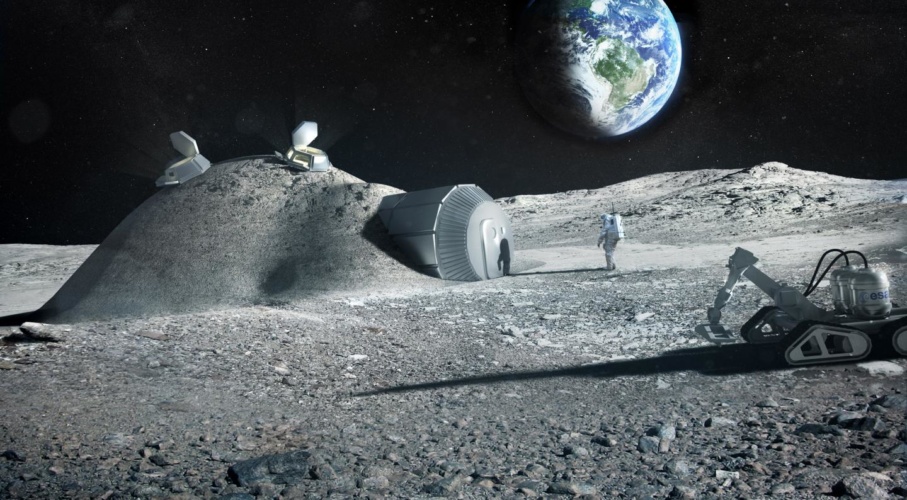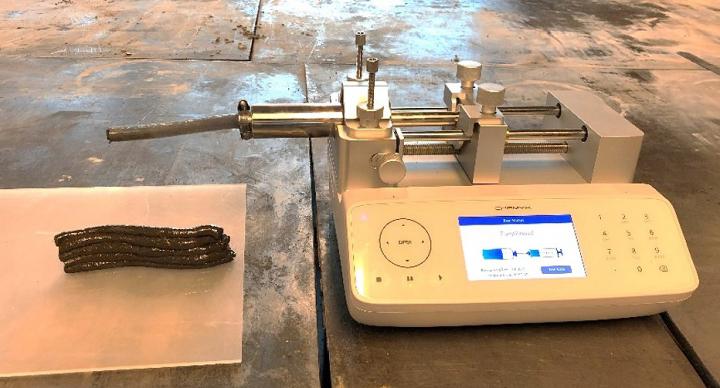
Working with ESA, scientists from Norway, Spain, the Netherlands and Italy explored the use of urea - found in urine – as a plasticiser, helping to soften concrete-type mixes and make them more pliable before hardening.
Using a combination of astronaut urine and local regolith would give lunar colonists a regular supply of building materials, avoiding the huge costs of transporting inventory to the Moon. According to the researchers, shipping just 0.45kg from the Earth to space costs about $10,000. Their work is published in the Journal of Cleaner Production.
Bacterial route to mother-of-pearl may provide shelter for lunar explorers
Yeast engineering produces plastics from human waste for space missions
"To make the geopolymer concrete that will be used on the Moon, the idea is to use what is there: regolith [loose material from the Moon's surface] and the water from the ice present in some areas," said Ramón Pamies, a professor at the Polytechnic University of Cartagena (Murcia) and one of the authors of the study.
"But moreover, with this study we have seen that a waste product, such as the urine of the personnel who occupy the moon bases, could also be used. The two main components of this body fluid are water and urea, a molecule that allows the hydrogen bonds to be broken and, therefore, reduces the viscosities of many aqueous mixtures."
The team took a regolith simulant developed by ESA and mixed it with urea, then 3D printed the mud-like material into cylinders. A series of experiments carried out at Østfold University College in Norway revealed that samples carrying urea supported heavy weights and remained largely stable. The resistance of the structures was also tested at 80°C and was actually found to have increased after eight freeze-thaw cycles like those experienced on the Moon’s surface.

"We have not yet investigated how the urea would be extracted from the urine, as we are assessing whether this would really be necessary, because perhaps its other components could also be used to form the geopolymer concrete," said Østfold researcher Lena Kjøniksen.
"The actual water in the urine could be used for the mixture, together with that which can be obtained on the Moon, or a combination of both."




Glasgow trial explores AR cues for autonomous road safety
They've ploughed into a few vulnerable road users in the past. Making that less likely will make it spectacularly easy to stop the traffic for...